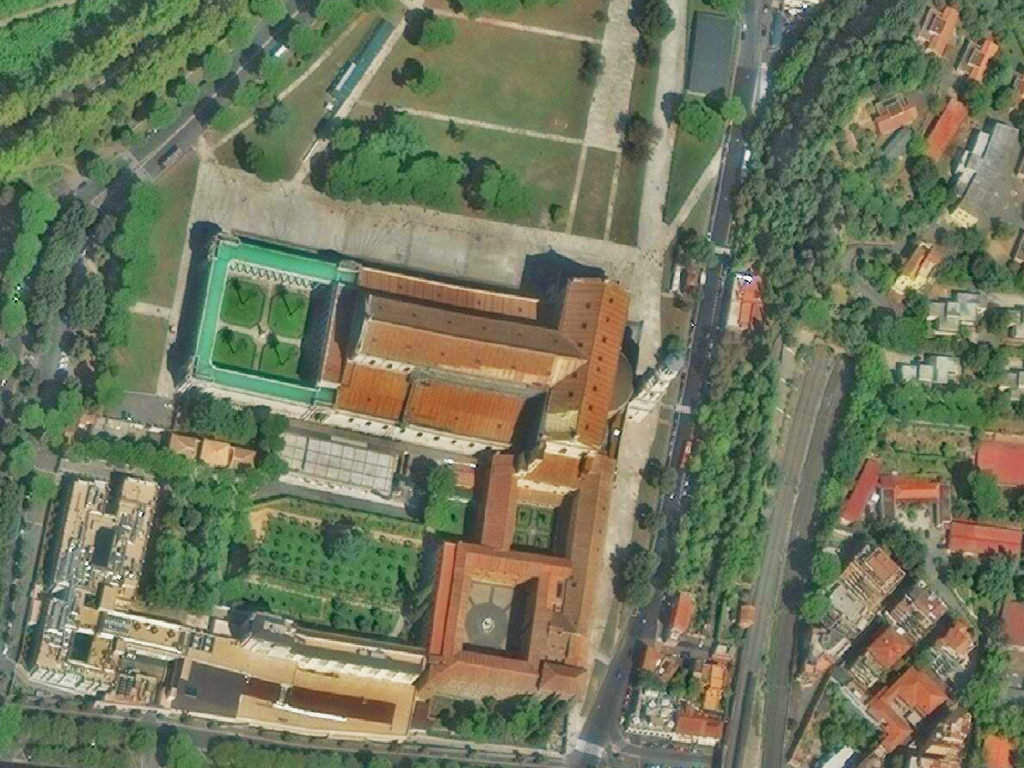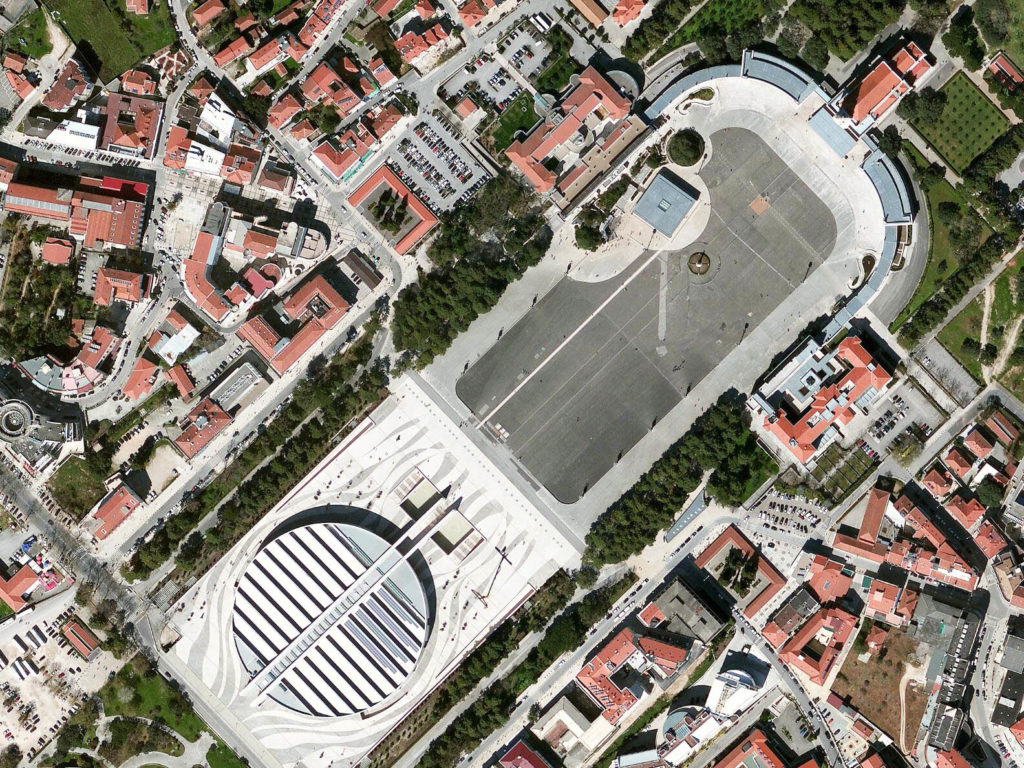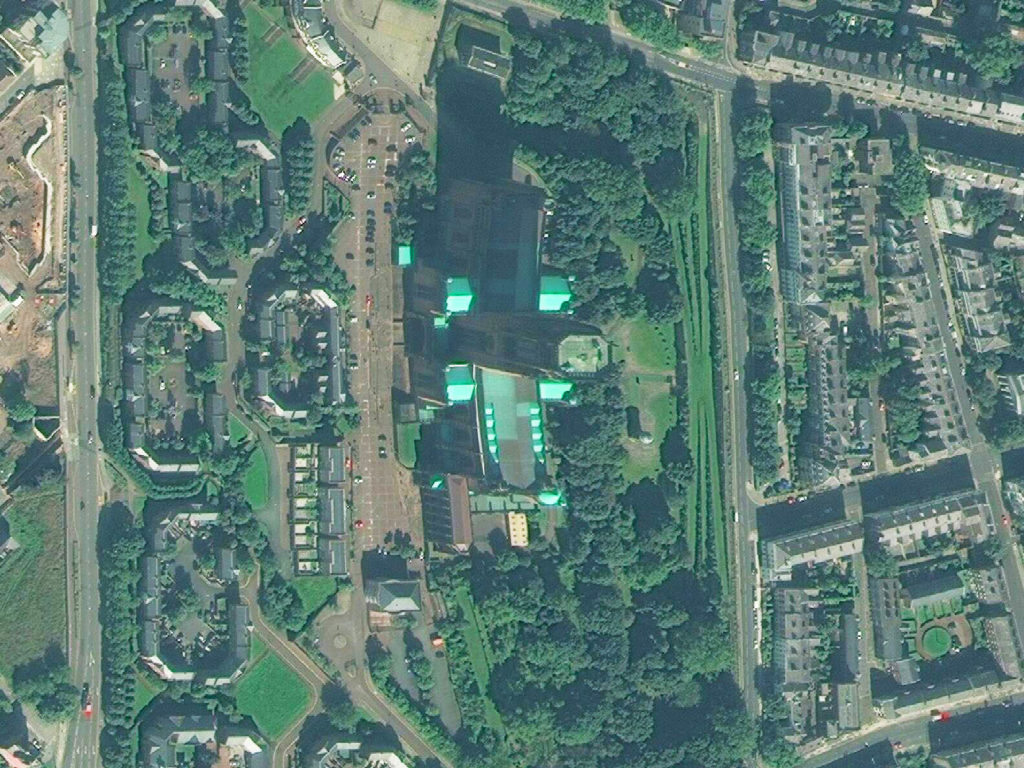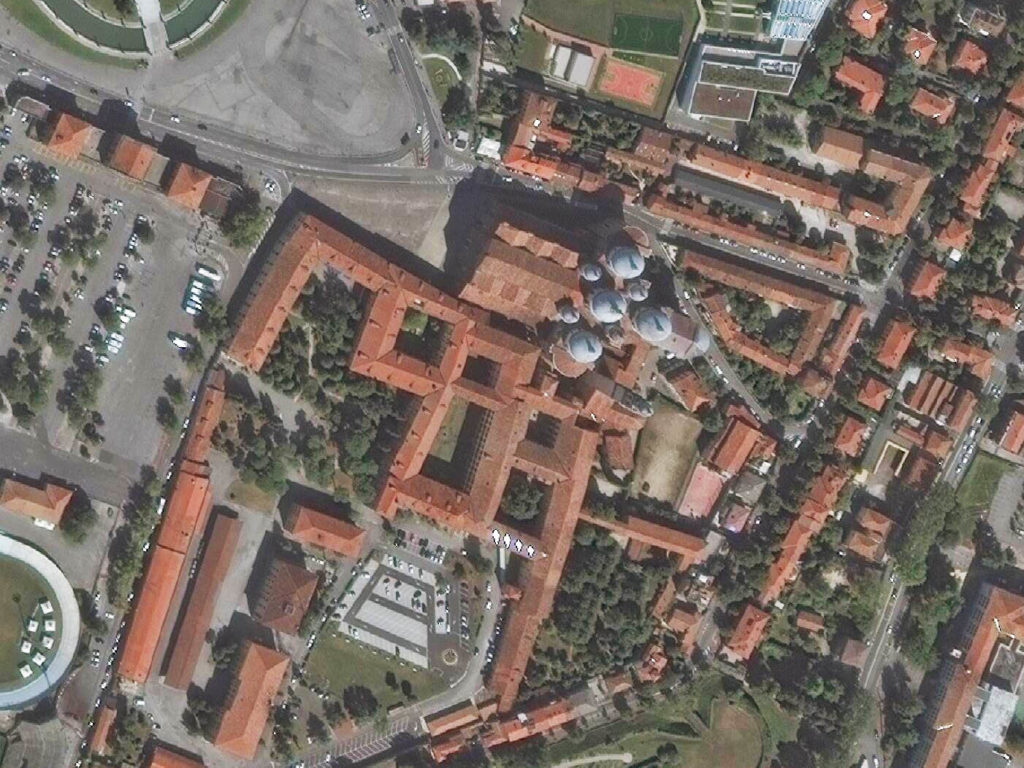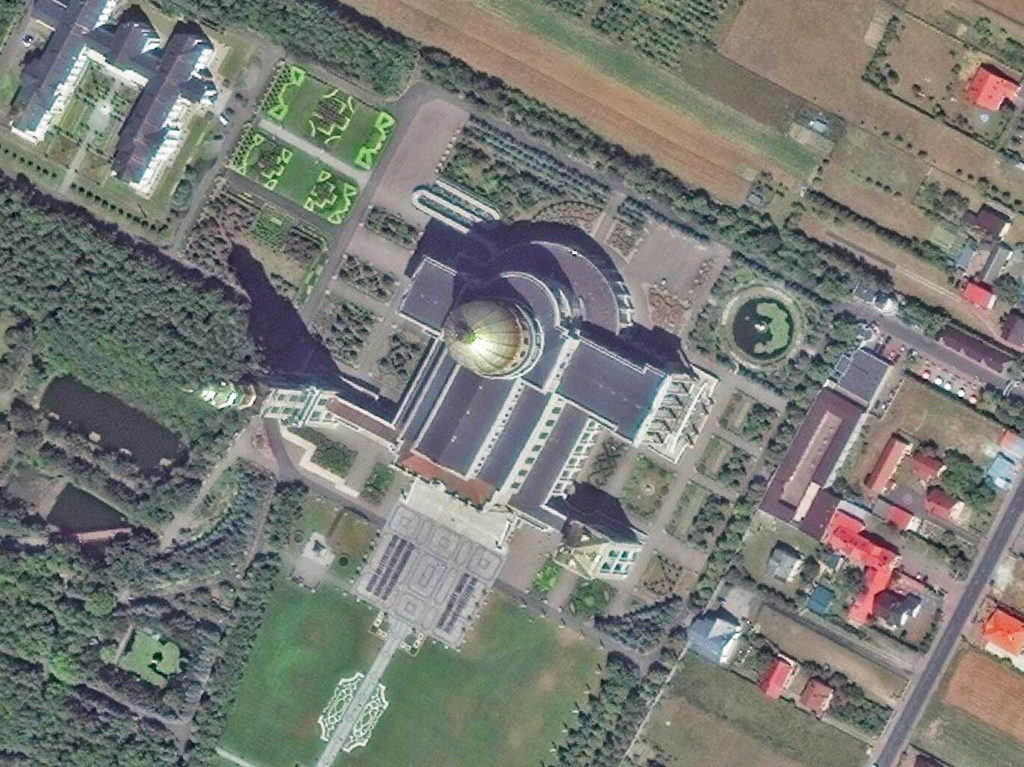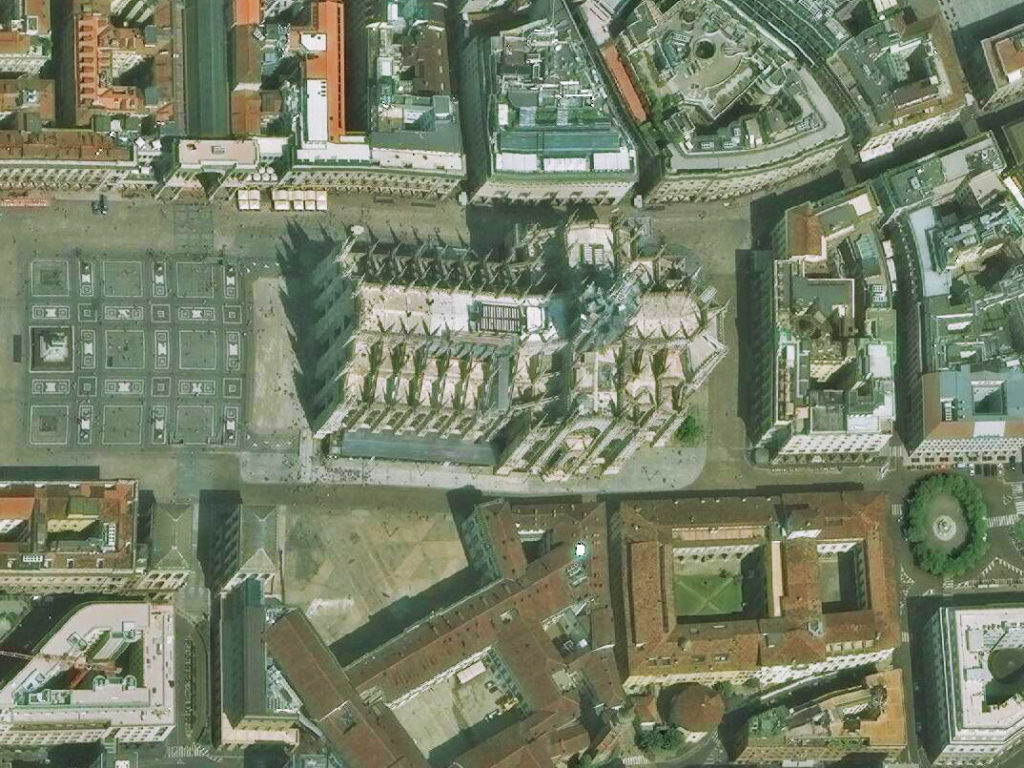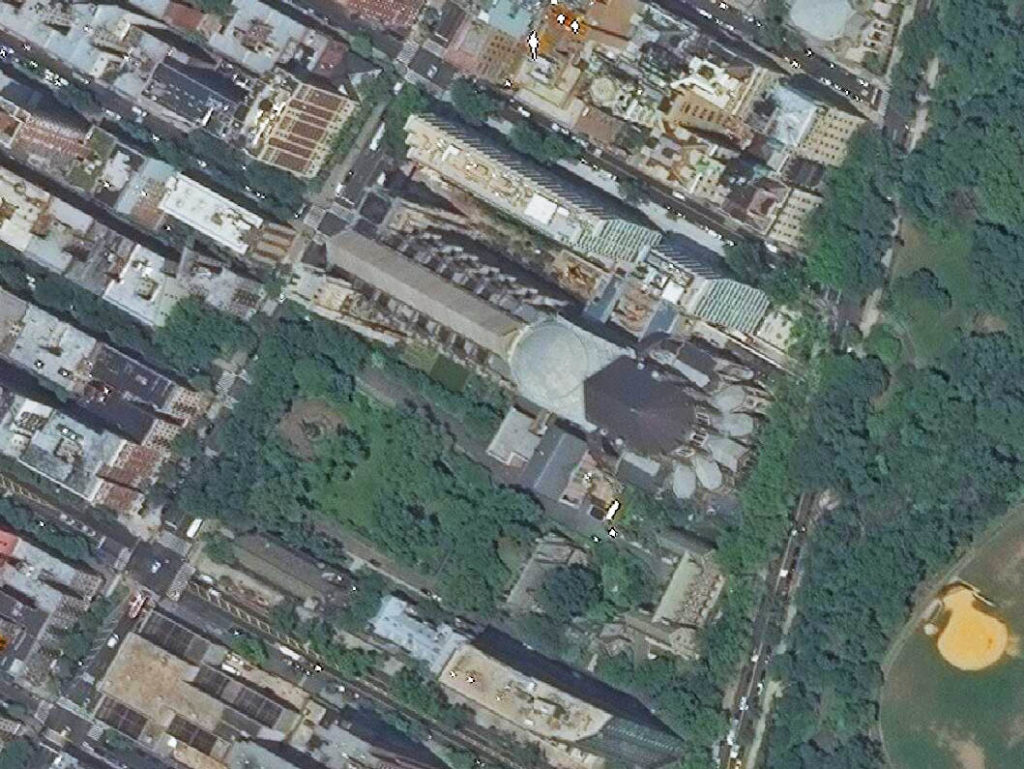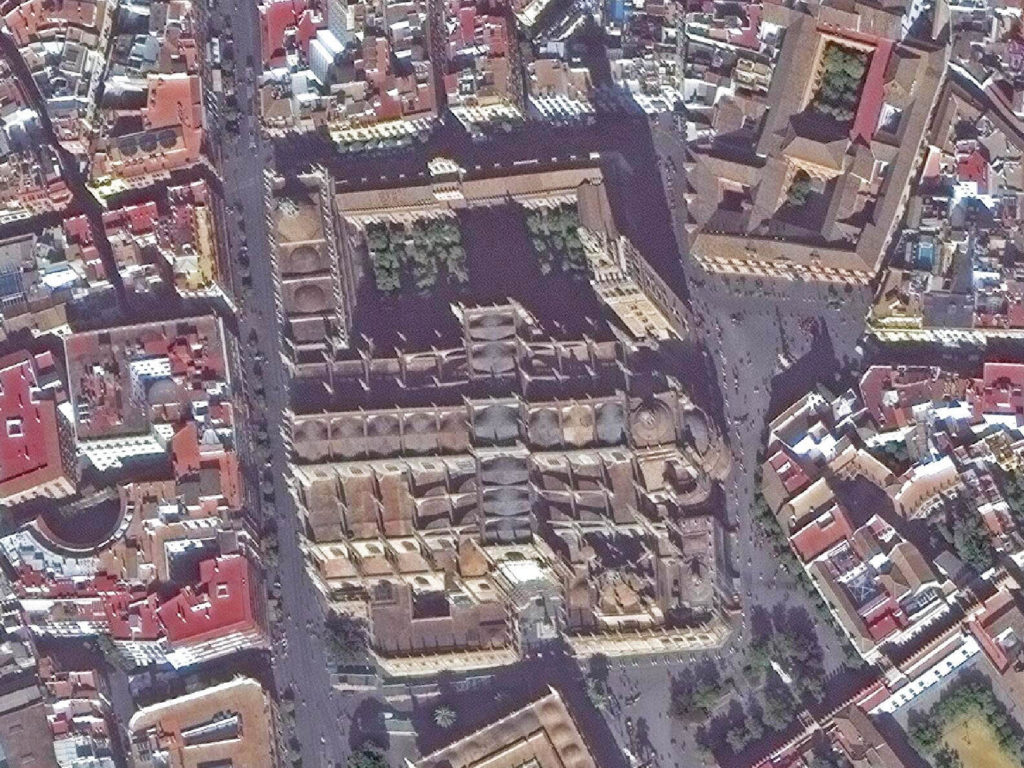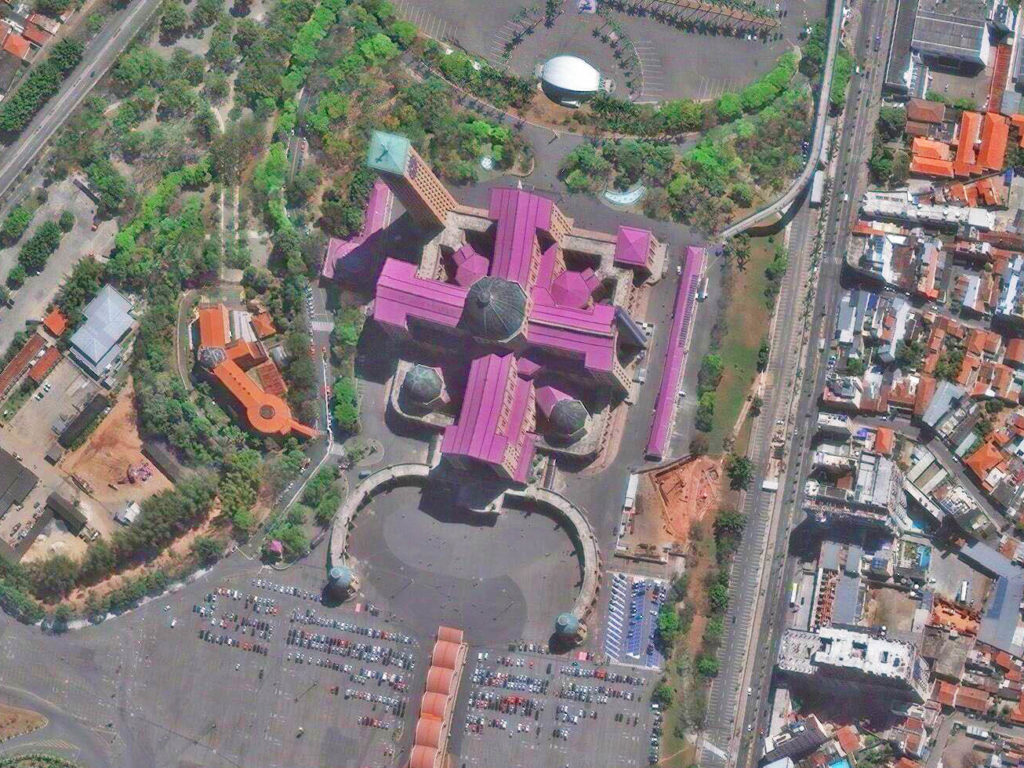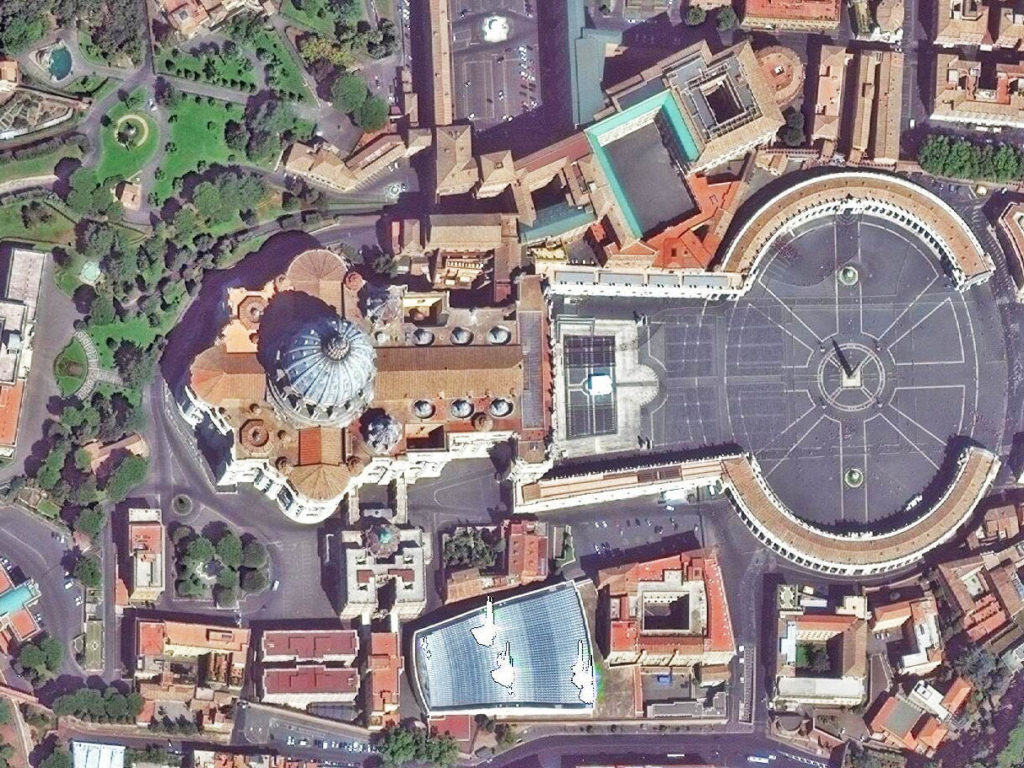
60 years of EU: Fostering a more united Europe through GNSS

2017 marks the 60th anniversary of the Treaty of Rome, which laid the foundations for the European Union. However, recent events in the region are threatening to dismantle a noble peace prize winning project i.e. the European Union (EU) (Related: 2012 Noble Peace Prize). But can technology help foster a more united Europe? To be more precise, the European GNSS Agency (GSA) is looking for ideas that utilize European GNSS (EGNOS and Galileo) to help foster a more closer union.
Fostering a more united Europe through GNSS
GSA’s call for ideas to help foster a more united Europe is part of this years’ European Satellite Navigation Competition, which was kicked off earlier this year.
In line with European ideals, potential applications could address, for example, such challenges as traffic and transport management for the efficient cross-border transportation of goods, travel platforms that encourage people to travel from one country to another, or solutions that help people seeking refuge in Europe. – GSA
European Satellite Navigation Competition
The European Satellite Navigation Competition is the biggest international sat nav contest that is now in its 14th year. Participants can sign up until 30th June 2017. ESNC is set to award prizes worth a total of over EUR 1 million in more than 20 categories this year – including GSA’s special category prize.
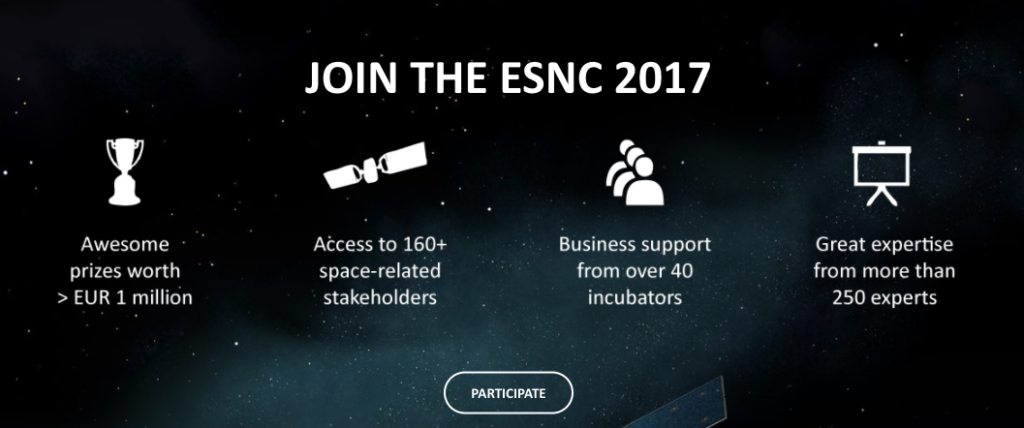
E-GNSS Accelerator
This year, the ESNC is also equipped with a new “E-GNSS Accelerator” that is aimed at helping startups to accelerate their business cases. The E-GNSS Accelerator will run for 3 years and will directly support the winners of the ESNC 2017, 2018 and 2019. The E-GNSS accelerator has an additional half a million Euros worth of prizes, services and incubation services for the ESNC winners!
How did you like this content? If you enjoyed this post, read more and subscribe to our monthly newsletter!







